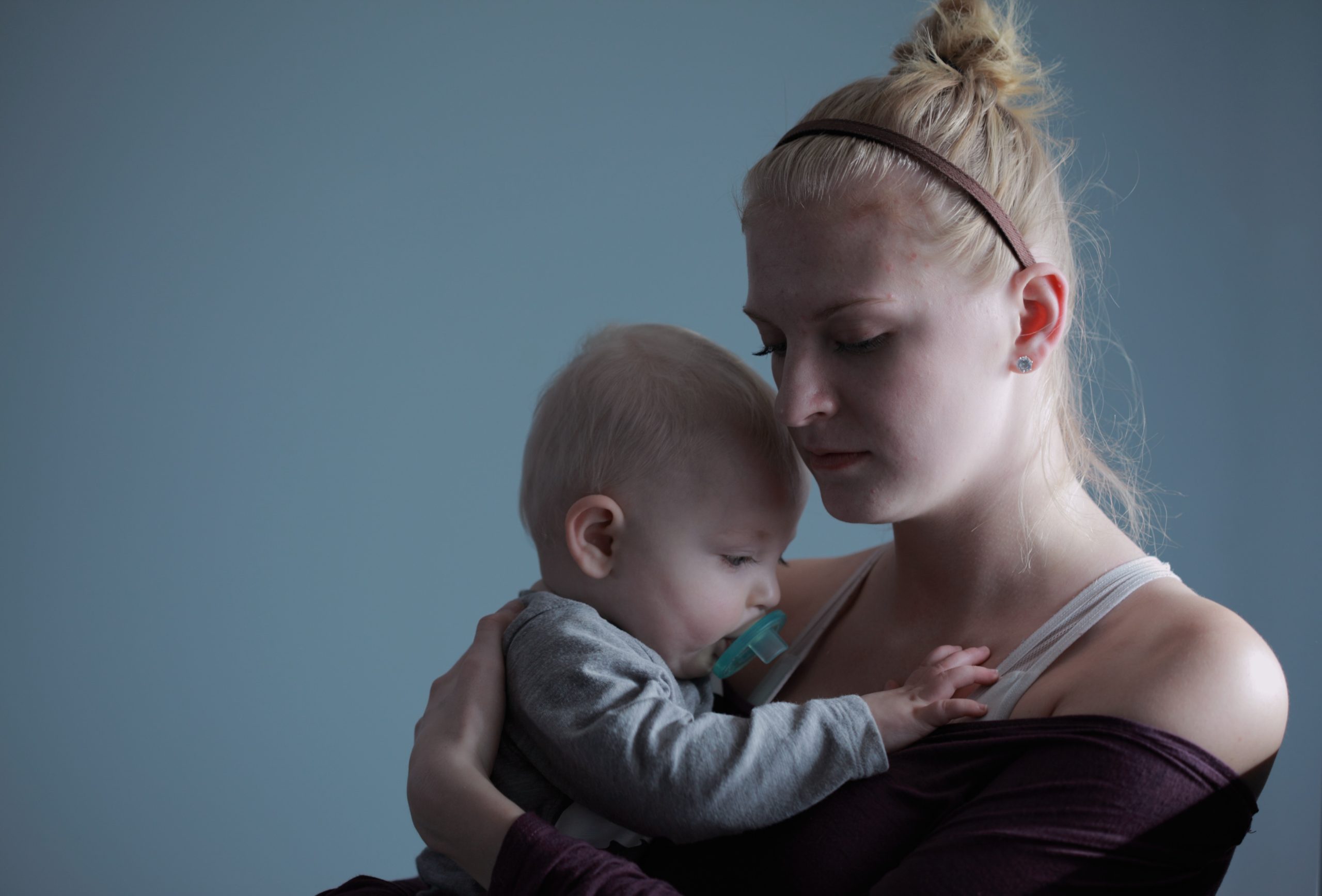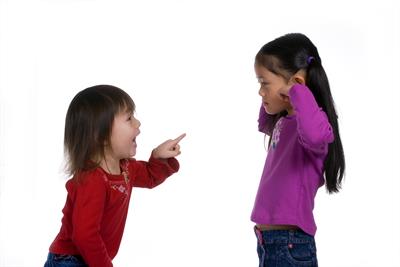Why You Should Not Let Your Baby Cry It Out
When a woman has her first child, you get advice from so many people. Even advice that you didn’t ask for.
I had my first son at 21. Thinking,back I remember feeling like I had to be perfect with everything. In addition, I had a that thick novel “What to do when your pregnant ” book.It basically taught you everything from pregnancy toll your child was school aged. Fast forward when I actually gave birth to my wide eyed cute chunky baby. When he would cry I would tend to his needs. But if I was around older family members
I was told let him cry it out your going to spoil him.
I still picked up my baby. How could someone hear a baby crying to the top of his/her lungs and just let them cry it out?

What is crying it out?
Crying it out is scientifically known as the ‘graduated extinction ‘. This is the process where parents let their child cry for a certain amount of time, before intervening. The objective of this method is to train the baby to self-soothe himself.
The Feber Method
The Feber Method is one of the most used ‘crying it out methods. This technique was introduced by Dr. Robert Feber. In his book Solve Your Child’s Sleeping Problems, he explains this method.
The process involves a segmented delay in the time the parent comes to soothe the child. Meaning the parent will wait for a certain amount of minutes before, coming to get the baby to assist him/her in going back to sleep. This is known as feberizing your infant. This should only be performed on a child over 6 months.
To find out the complete process of this method, check out this detailed article.
Alternative Methods
If you find the Feber Method to be too harsh, look at these alternatives.
- Modified Feber Method – This is when a parent checks in on the infant every five minutes. This method is a shorter time interval on checking on the baby. This is done until the baby goes to sleep. If the baby seems calm, the baby can wait until the baby cries again to come back instead of every 5 minutes.
- No Tears Method- In this method the parent lays the baby in his/her crib. The parent then takes a chair and sits by the baby soothing him/her to sleep. Each night the parent moves the chair further and further from the baby, but in his/her sight. Eventually, leaving the room completely after a few nights. The chair would be then left in the room as a reminder the parent will be back if needed.
-
‘Sleep Lady’ Shuffle- This is where the parent distances the chair each night,while sitting on it until the baby goes to sleep.Eventually the parent sits the chair outside the door. The door will be left open and the parent will sit in the chair. The next night, the parent does not sit in the chair but leaves the chair there outside the door.
4. Bedtime Fading Method- This method is when the child is put in his/her crib once he/she is extremely tired. The time is recorded. And the parent keeps a schedule on putting the child in the crib the same time each night. This trains his/her body to get tires at this time each night.
- Weissbluth Method- Almost like the Feber Method, this technique is to: put the child in the bed first sign of drowsiness and let him/her cry it out no matter how distressful they sound.This method was introduced by a pediatrician Marc Weissbluth. This method is the most straining method for the parent and child.

These methods may seem harsh. However, some parents have successfully implemented this into their child’s routine and was able to teach them how to fall asleep on their own completely using these methods. Check it out here.
The Main Benefits Of The Cry It Out Method
- The baby that is trained with certain cry it out methods have less cortisol in their bodies. Which is a stress hormone.
-
The child will become less dependent on the parent on the parent to put him/her to sleep. This gives the parent less stress on having to get up multiple times through the night.
The Main Consequences of the Cry It Out Method
- Possible Brain Damage- Harvard Researchersdid a study showing that touch and attention is needed for healthy growth for a child. The crying puts stress on the child’s brain neurons. This can lead to long-term damage of hypersensity to any trauma.
-
The child feeling unloved because he/she feels the parent is not attending to his/her needs.
-
Increase Risk of SIDs due to the isolation of the child.

My Personal View: Spoiling Your Child?
I am against any method that makes my child feel as if I am not tending to their needs. I admit I am a clingy and over protective mommy. That has it’s pros and cons as well. With all three of my children I would cradle them until they fell asleep. Than I would lay them down.
They slept this way and through the night except for feedings than they would go right back to sleep. However, the negative part of me being so clingy and cradling to their every small cry, they became accustomed to this and expected this each time. This left me feeling exhausted. Because I couldn’t just lay them down for them to go to bed. They only felt they could go to bed if I was right there holding them. I hate to say it, but this went on until each one was almost two. Eeek! I know.
However, it reassured my kids that I was attentive to their needs. Even if it was just them wanting to be cuddled and crawled up on their mommy.
Altogether,having a 7,5 and 3 year old looking back I wish I did this in moderation. I should have adapted one of the above methods that I would come and check on them every 5 minutes to reassure them, but not being in the room . This would have saved me alot. And it also would’ve still reassured them that I was still there, all while teaching self soothing methods.
What have you done with your baby for bedtime? Or what do you plan to do? I would love to hear from you. Comment below and share your opinion.






